On April 5th, 2021, eMP (e-Mobility Power) announced that it had acquired 15 billion yen (137 million USD) through third-party allocation. The companies invested in this new joint venture include Toyota, Nissan, Honda and Mitsubishi.
Original post in Japanese: 自動車4社が e-Mobility Power へ出資のニュースに、改めて「期待」を整理してみる by Yoshinori Yorimoto on EVsmart Blog
The business size is scaled up
Created on April 1st, eMP manages the charging infrastructure built by NCS (Nippon Charge Service), which represents the majority of the Japanese charging network. Additionally, eMP bought JCN (Japan Charging Network), a supplier of authentication and billing services in March. In this article, we take a look at what these changes means for Japan’s EV industry.
eMP’s current capital of 20 billion yen, up from 5 billion yen prior to this latest investment, far exceeds NCS’s capital of 0.1 billion yen. Although eMP has not yet revealed their business plans in detail, we can expect greatly expanded services and infrastructure. They do note however that at least 1 to 1.5 million EVs are necessary on the road for this infrastructure to be sustainable, which in turn lays some responsibility on domestic automakers.
The primary investors in eMP remain the same as for NCS: TEPCO, Chubu Electric Power, Toyota, Nissan, Honda, Mitsubishi, Development Bank of Japan. It is not clear why other domestic automakers such as Mazda and Subaru have not invested in eMP. Mazda launched its first EV model recently, and investing in eMP would demonstrate their commitment to electrification, given the lack of Mazda’s own proprietary charging network.
Utility companies are determined to expand charging infrastructure
With even more fund raising planned in April. I contacted eMP to find out how these investments would be utilised. While few details were forthcoming, it was clear that eMP aims to take a lead in uniting utility companies in a nationwide attempt to strengthen the charging network. Accordingly, TEPCO and Chubu Electric Power, two of Japan’s largest electricity providers, contributed 54.7% and 36.4% of the most recent investment, compared to a paltry 0.5% share each in NCS.
Until now, Japan’s charging network was largely the result of many small-sized companies deploying chargers by their own initiative, with sporadic funding from the central government. NCS’s main role was to collect payment and distribute money to these companies. By contrast, eMP aims to expand the network strategically and avoid some of the problems that arose from poor organisation.
The current problems eMP could solve in the future
Yuki Saito, author at MONOist, and one of the first to report the latest news on eMP’s funding, summarised Japan’s current problems as follows:
1. Expand the availability of fast chargers at highway service areas
As the number of EVs increase, fast chargers need to be set up as soon as possible at these popular locations to ease ongoing ‘charging congestion’.
2. Fast chargers with more than 50kW charging rate
50kW chargers, which are common in Japan, are not sufficient for EVs with larger batteries. Japan needs more 90~150kW chargers, and more EVs that can take advantage of these higher charging rates.
3. Cover more area
In less populated areas of Japan, such as Hokkaido and Tohoku, chargers can be hard to find. eMP has proposed the deployment of at least one charger in every 10km. (I personally consider that having at least one charger per local government would be more logical).
4. Cover highways and arterial roads
Saito revealed 18 areas on highways where at no chargers are found within 70km, On arterial roads, there at least 60 areas without chargers within 40km, 44 areas with none within 70km, and 11 areas with none within 100km. In general, it has been found that drivers will experience less range anxiety if chargers can always be located within 40~50km.
5. Complicated billing system
Most chargers currently require a specific “charging card”. It would be more convenient to use common payment methods like credit cards and pre-paid train pass, or auto-authentication systems such as those of Tesla’s superchargers.
6. AC chargers for apartments and hotels
Although fast chargers receive a lot of attention, AC chargers at apartments, monthly parking facilities, hotels and commercial areas should also be expanded, largely by updating power supply and utility fee regulations.
7. Charge per kW
The availability of very fast chargers is limited in Japan is due, in part, to charging the user per minute; this should be amended to charging per kW.
8. Renew contract with existing facilities
Most existing chargers in Japan were made possible by incentive programmes from the Ministry of Finance, which are due to expire in the next few years. Not only should these contracts be renewed, but expanding the number and power of these chargers should be encouraged.
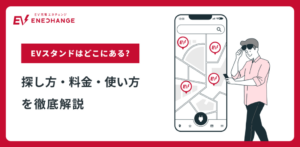
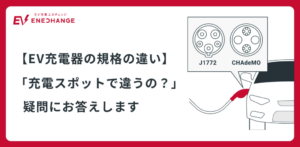
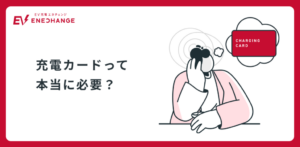



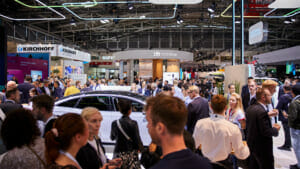
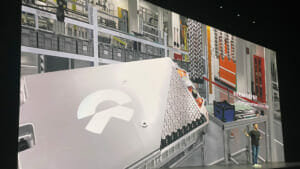
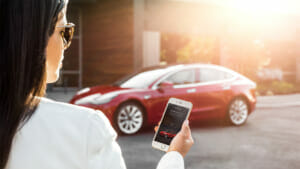
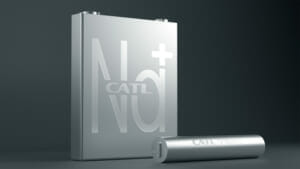

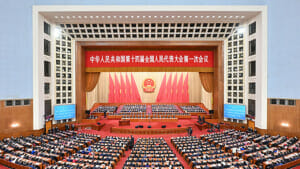
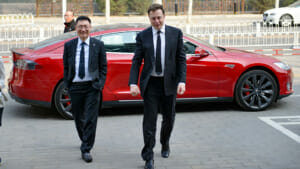

コメント